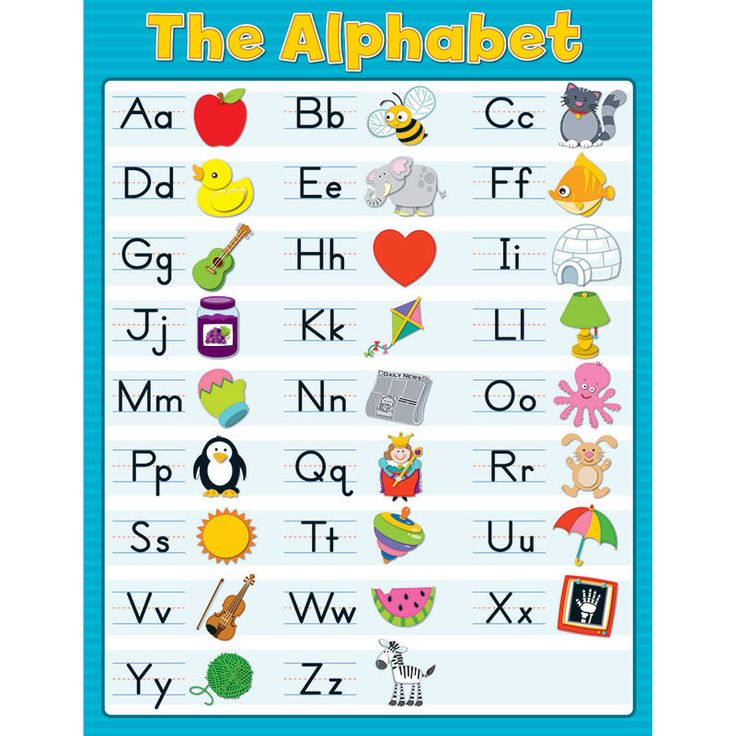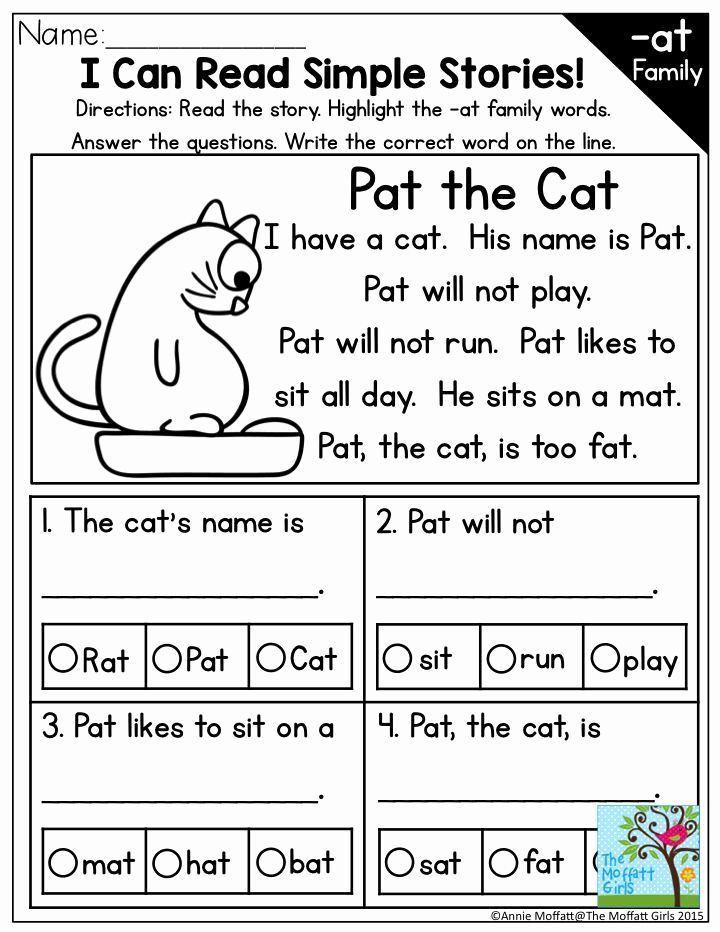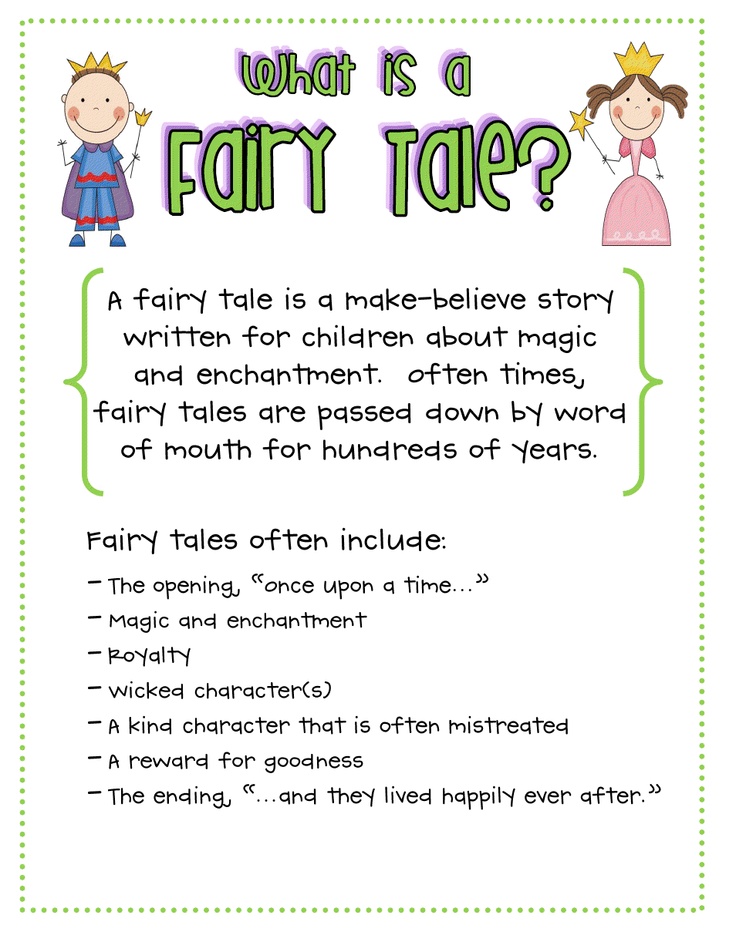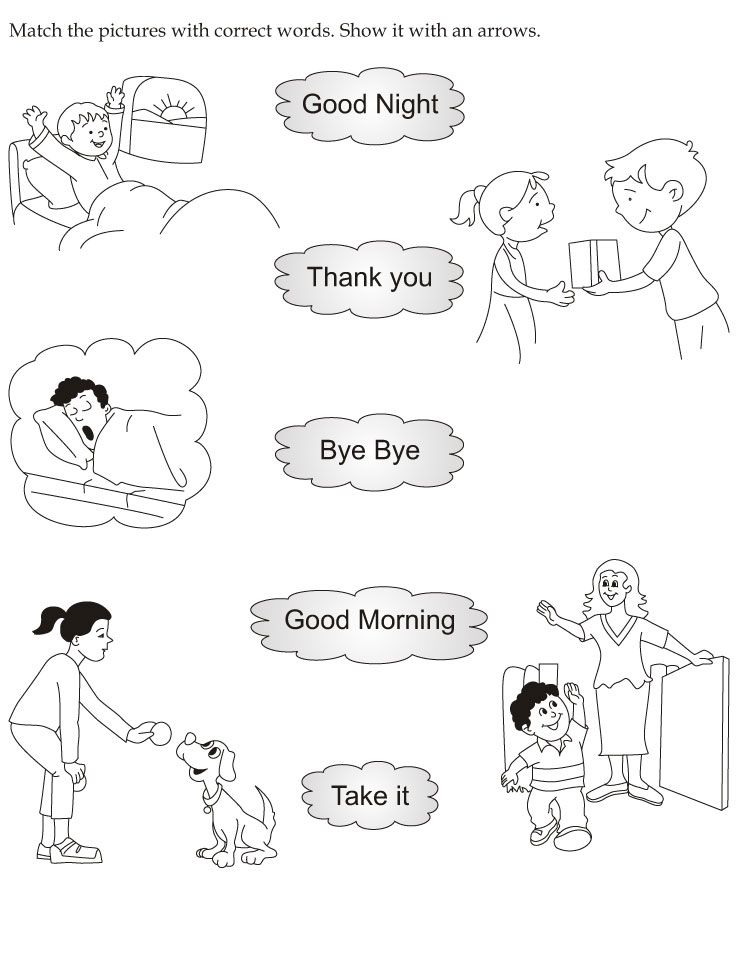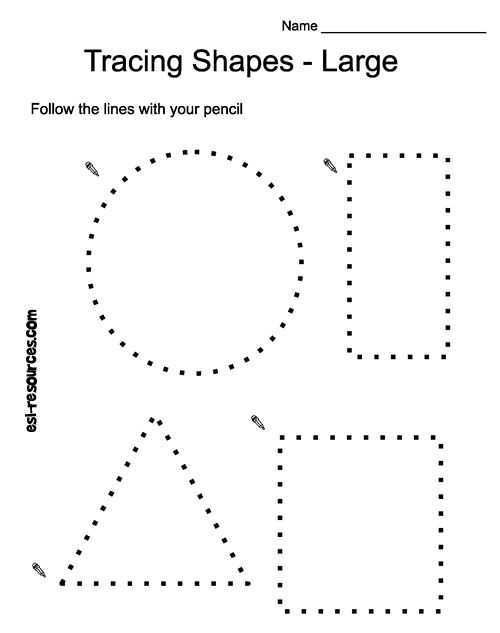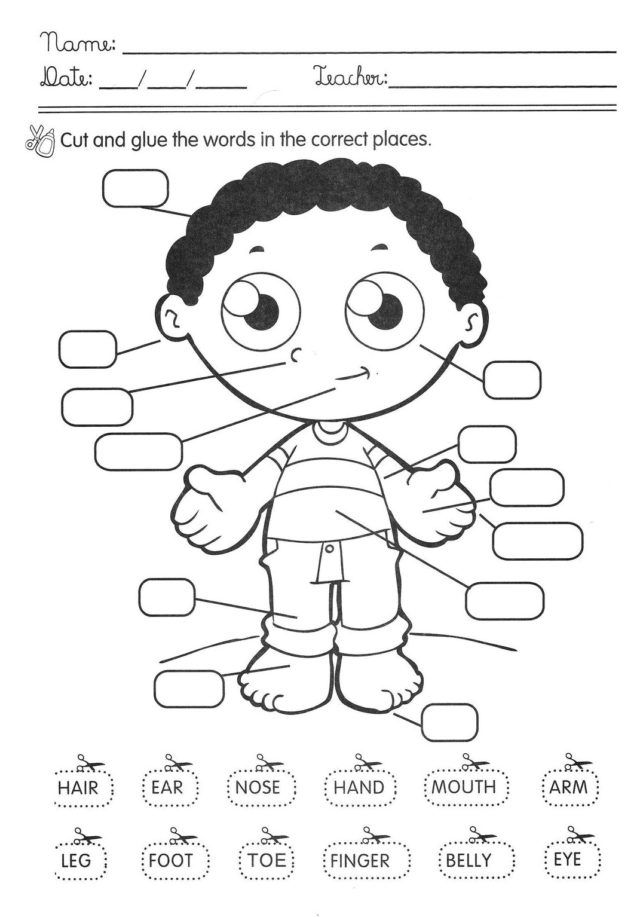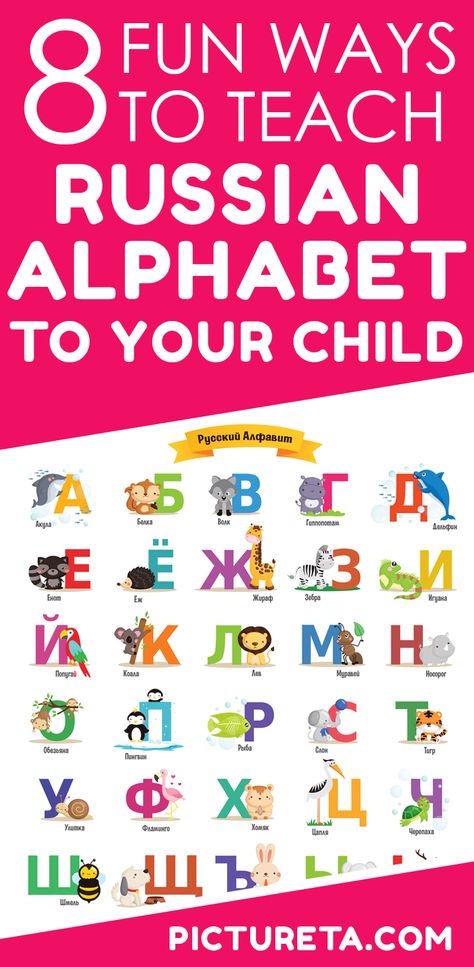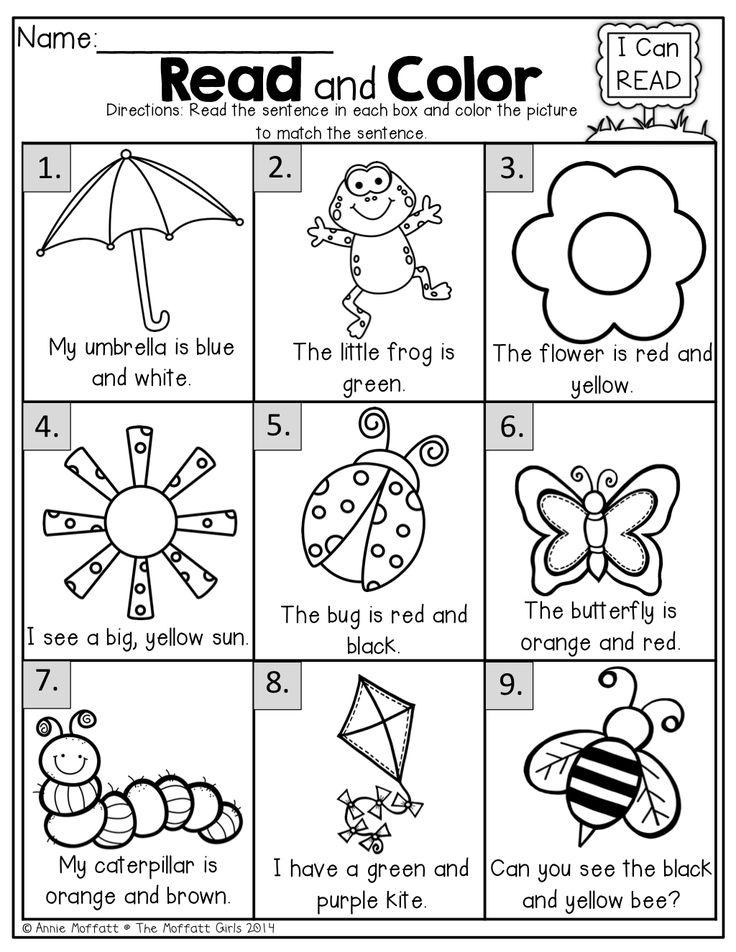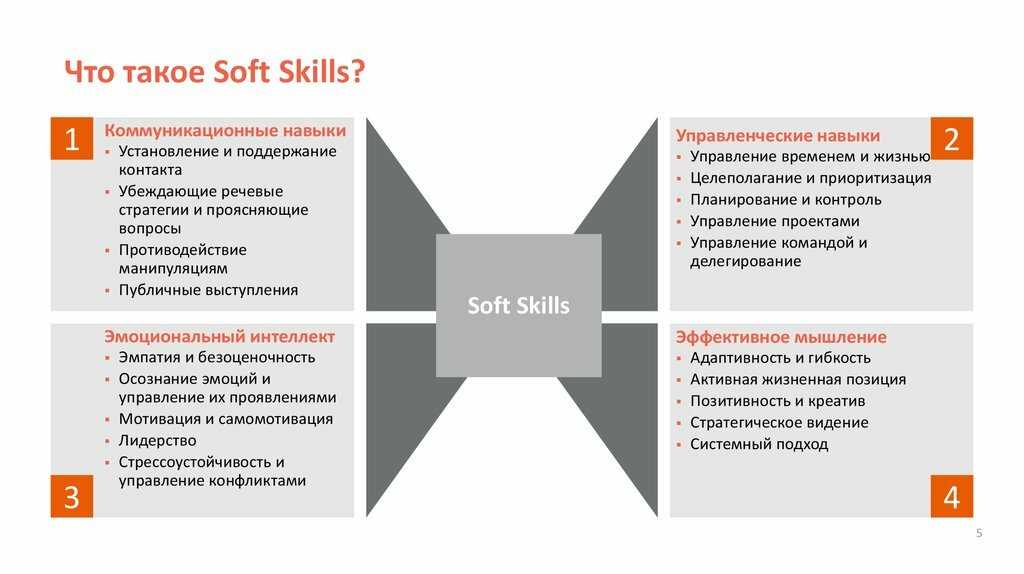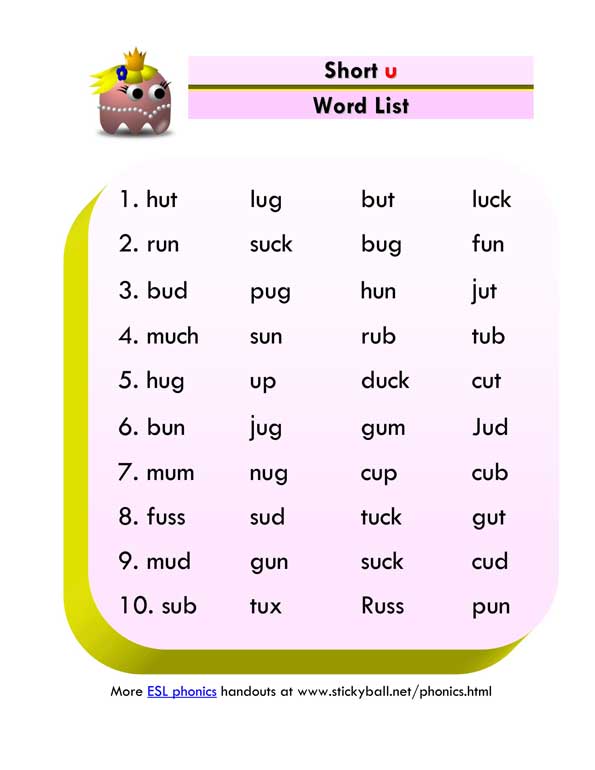The alphabet for kids
Teach your Child the Alphabet Here!
Anyone who has kids or has taught them will tell you how difficult it can be to get them to focus on anything for extended periods of time, especially if it’s anything educational. That’s why we’ve came up with a couple of creative options you can try to coax kids into learning and hopefully remembering their ABC’s:
Select the Alphabet to see specific activities corresponding to that letter.
Letter A Activities Letter B Activities Letter C Activities Letter D Activities Letter E Activities
Letter F Activities Letter G Activities Letter H Activities Letter I Activities Letter J Activities
Letter K Activities Letter L Activities Letter M Activities Letter N Activities Letter O Activities
Letter P Activities Letter Q Activities Letter R Activities Letter S Activities Letter T Activities
Letter U Activities Letter V Activities Letter W Activities Letter X Activities Letter Y Activities
Letter Z Activities
Here are some other ways:
Drive Somewhere:
This one is fairly easy to pull off, especially if you drive your kids on the morning school run. All you have to do is point at things like billboards or licence plates and have your children work their way through the letters on it.
It’s an interesting way of learning and it has the added benefit of keeping your kids amused on those long haul journeys or when you’re stuck in traffic.
Alphabet Challenge:
This one can be a lot of fun if you do it right. What you need to do is call out a series of letters or show your children letters on a board for a few brief seconds then have them write a word associated with that letter.
So for example, you would say the letter ‘b’ and they would then have to write ‘ball’, ‘bee’ or if they’re trying to show off ‘byzantine’, although the latter would probably be a bit of a fluke.
Make Alphabet Snacks:
It’s common knowledge that kids love snacks, they will devour everything animal shaped or colorful that’s put in front of them like a pack of tiny piranhas.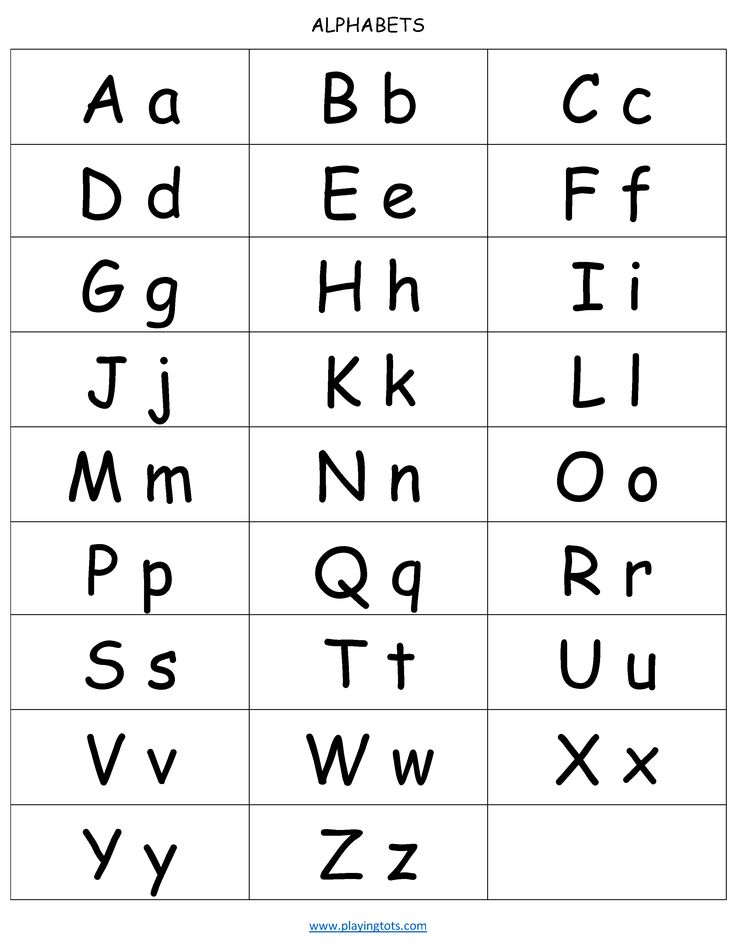 So what better way to funnel this hunger than by making them snacks based on the alphabet.
So what better way to funnel this hunger than by making them snacks based on the alphabet.
However, instead of turning them loose on the undefended cookies you could tell them to only eat one specific letter.
For example, they can only eat something that’s shaped like the letter ‘a’. That way they start to associate learning the alphabet with treats, which in turn helps to motivate them to learn more.
Sing-Along-Songs:
Sing-Along-Songs are perhaps your best weapon in the war against getting your kids to learn the alphabet. These catchy little tunes are always fun to sing with your children and they will always love a chance to sing a silly song.
If you really want it to stick you could do it every day to maximize the effects of the hypnotic melodies.
Alphabet Bingo:
This one is a ton of fun to play and set up; you can try wrangling your kids in to help you make the cards. For bonus parent points you could let them customize their cards, which will in turn help nurture their own creativity.
How it works is, you sit your kids down and they each have a card with a series of letters on it, you then sound out the letter as if you were a bingo caller and the kids tick off the appropriate squares on their card. The first child to fill in their card or make a horizontal or vertical line is the winner.
If you want to get really creative you could say words instead of letters and the kids can mark off the first letter of the word. Or if you want to help them with their spelling you could change it to the second, third or fourth letter, although you should make sure the letters you’re using will appear on the cards.
Alphabet Bag Game:
Last, but not least is the Alphabet Bag game. This activity is pretty straightforward to set up; you need a bag and an assortment of items.
Once you have your bag you then show the contents to the kids and ask them to pick an item beginning with a specific letter out of it without looking. If they get it right they win, simple as that.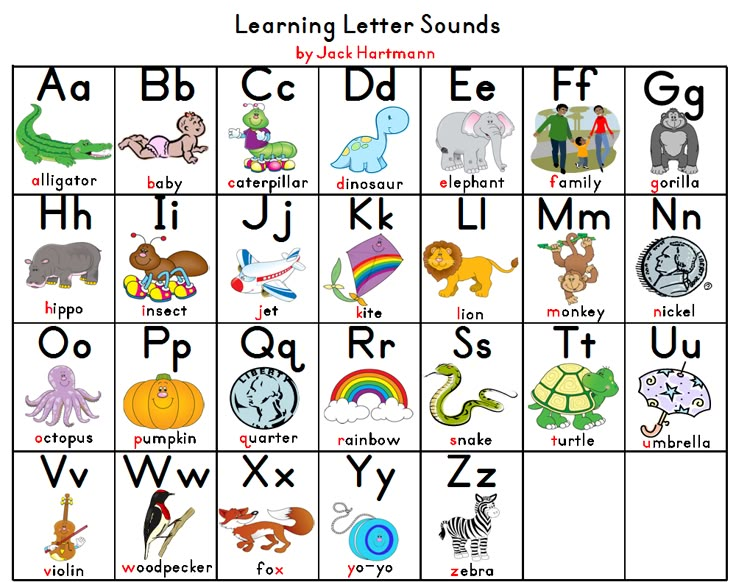
These are just a couple of creative ideas you can try to help your children learn the alphabet, each child will take to these various activities differently, it just depends on how fun you make it for them.
When you’re making your own game at home just remember that your main focus of the activity is to make it as fun as possible for your kids, otherwise they won’t show any interest in it at all.
ABC Learning Alphabet for Kids on the App Store
Description
● PEEKABOO LETTERS ● ABC,ANIMAL MEMORY MATCH GAME ● COLORING BOOK A - Z ANIMALS ● ANIMALS LETTERS ● PUZZLE ANIMAL GAME
A perfect application for preschooler.
This app provides many different method to learn alphabet with lovely image and high quality pronounce include ABC activities and games.
● LEARN ABC
Become familiar with the alphabet. With cute letters and funny animation and video song alphabet.
● PEEKABOO LETTERS
Where are the letters hiding? A funny game for toddlers to train and practice cognitive skills.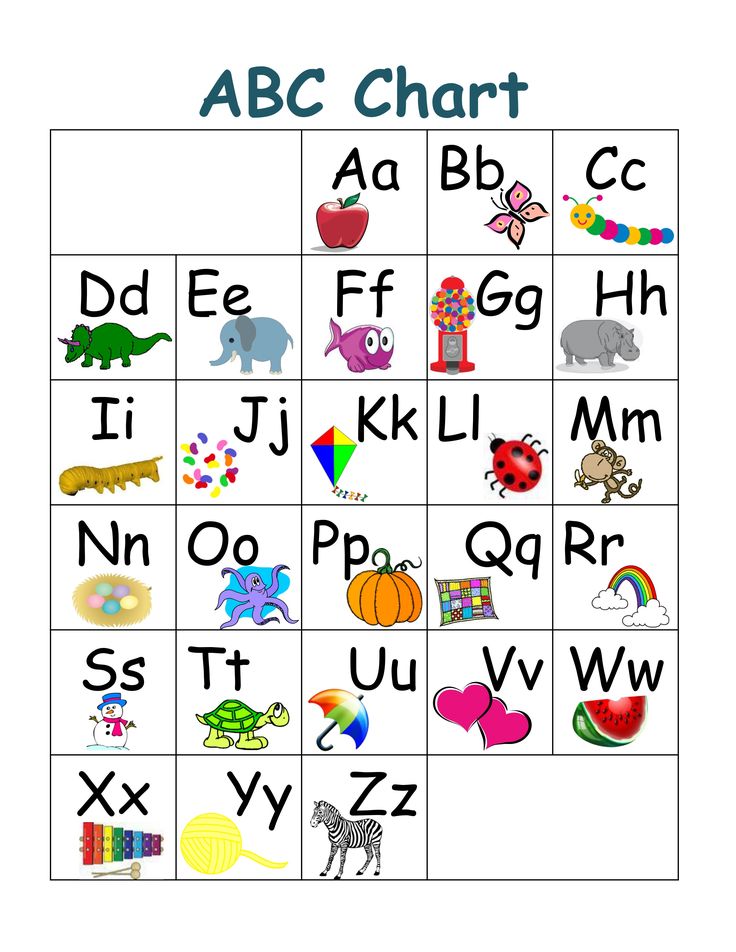 Improve spatial perception and motor skills.
Improve spatial perception and motor skills.
● ABC,ANIMAL MEMORY MATCH GAME
Improve memory and concentration by play memory game and learn the alphabet letters.
● COLORING BOOK A - Z ANIMALS
Relax and learn with drawing and filling colors for 26 pictures animal and letters from a to z.
● ANIMALS LETTERS
Find and match the letter with animal begin with this letter. Drag and drop game with 26 letters and 26 animals.
● PUZZLE ANIMAL GAME
A jigsaw game for children. With two level easy and difficult, this game suitable for all ages:babies,toddlers,preschooler.
Thanks for comment!
Mail: [email protected]
Version 4.1
- Bug fixes
Ratings and Reviews
27 Ratings
The developer, Dao Thang, indicated that the app’s privacy practices may include handling of data as described below.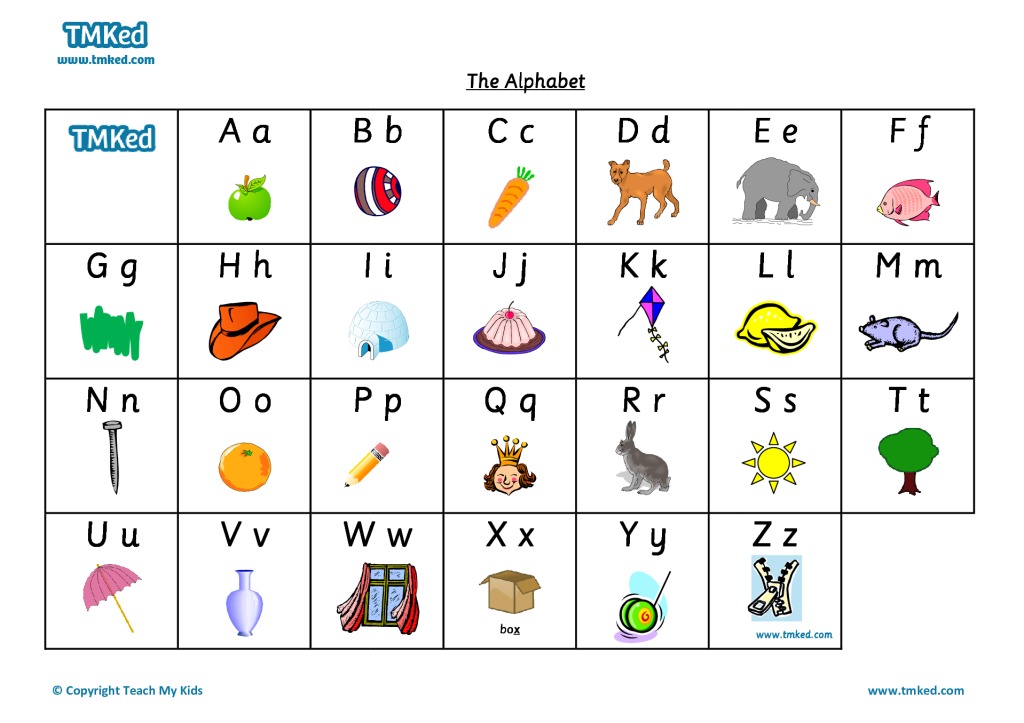 For more information, see the developer’s privacy policy.
For more information, see the developer’s privacy policy.
Data Used to Track You
The following data may be used to track you across apps and websites owned by other companies:
Data Not Linked to You
The following data may be collected but it is not linked to your identity:
Privacy practices may vary, for example, based on the features you use or your age. Learn More
Information
- Seller
- Dao Thang
- Size
- 72.4 MB
- Category
- Education
- Age Rating
- 4+
- Copyright
- © BiBo APP
- Price
- Free
- Developer Website
- App Support
- Privacy Policy
More By This Developer
You Might Also Like
Alfavit kindergarten - vitamin and mineral complex for children from 3 to 7 years old
contains 13 vitamins and 9 minerals. Dosages correspond to the established in the Russian Federation, physiological norms for the consumption of vitamins and minerals.
Dosages correspond to the established in the Russian Federation, physiological norms for the consumption of vitamins and minerals.
The complex reliably provides the child with useful substances necessary for his development. Taking into account the Russian natural and social conditions, the composition includes iron, selenium and iodine, as well as calcium, which is necessary for the child in growth period. The compatibility of components and the absence of artificial colors reduces the risk of allergic reactions. reactions.
Iron+ Tablet #1
pink
(cherry)
| Vitamins | | % off RUSP * |
|---|---|---|
| C | 20 mg | 40 |
| B1 | 0.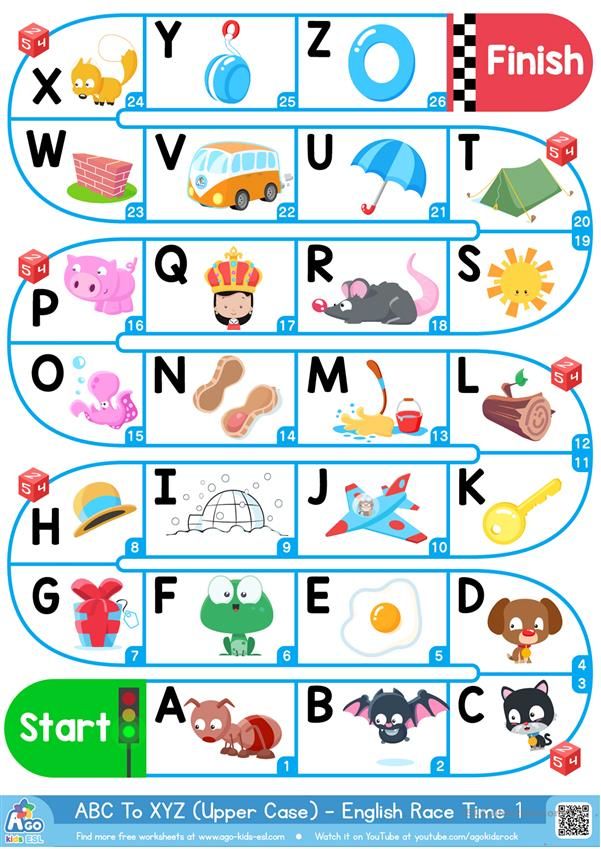 72 mg 72 mg | 80 |
| Beta-carotene | 0.9 mg | - |
| Folic acid | 80 mcg | 40 |
| Minerals | ||
| Iron | 8 mg | 80 |
| Copper | 0.48 mg | 80 |
Antioxidants+ Tablet #2
orange
(orange)
| Vitamins | | % off RUSP * |
|---|---|---|
| C | 20 mg | 40 |
| Nicotinamide (PP) | 7.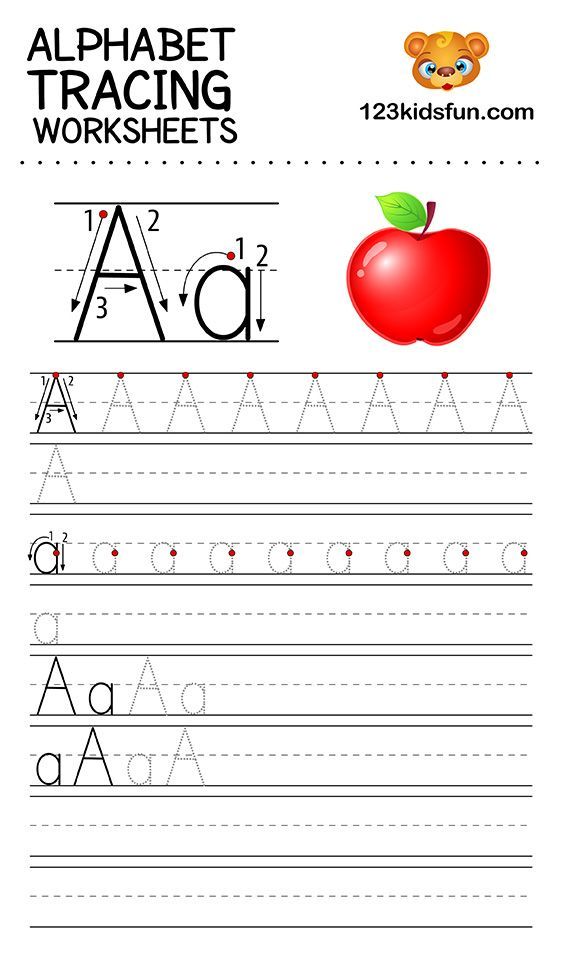 15 mg 15 mg | 65 |
| E | 4.9 mg | 70 |
| B2 | 0.8 mg | 80 |
| B6 | 0.96 mg | 80 |
| Beta-carotene | 0.9 mg | - |
| Minerals | ||
| Magnesium | 30 mg | 15 |
| Zinc | 4.8 mg | 60 |
| Manganese | 0.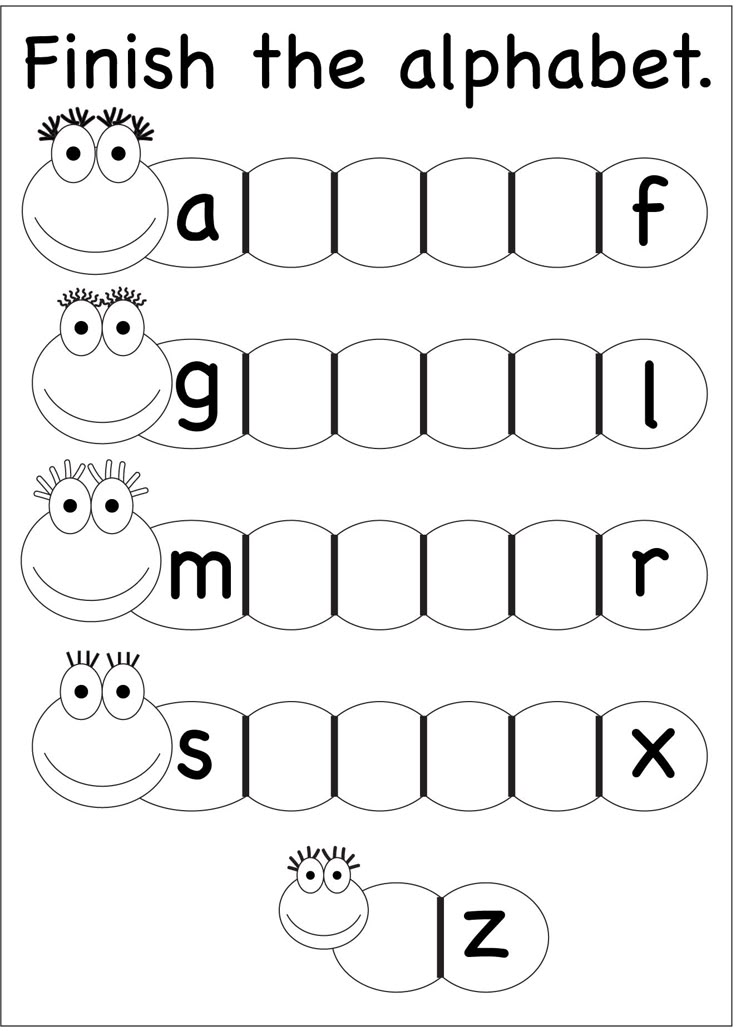 5 mg 5 mg | - |
| Iodine | 50 mcg | 50 |
| Selenium | 20 mcg | 100 |
Calcium-D3+ Tablet #3
light yellow
(vanilla)
| Vitamins | | % off RUSP * |
|---|---|---|
| Pantothenic acid | 2.4 mg | 80 |
| Folic acid | 80 mcg | 40 |
| B12 | 1.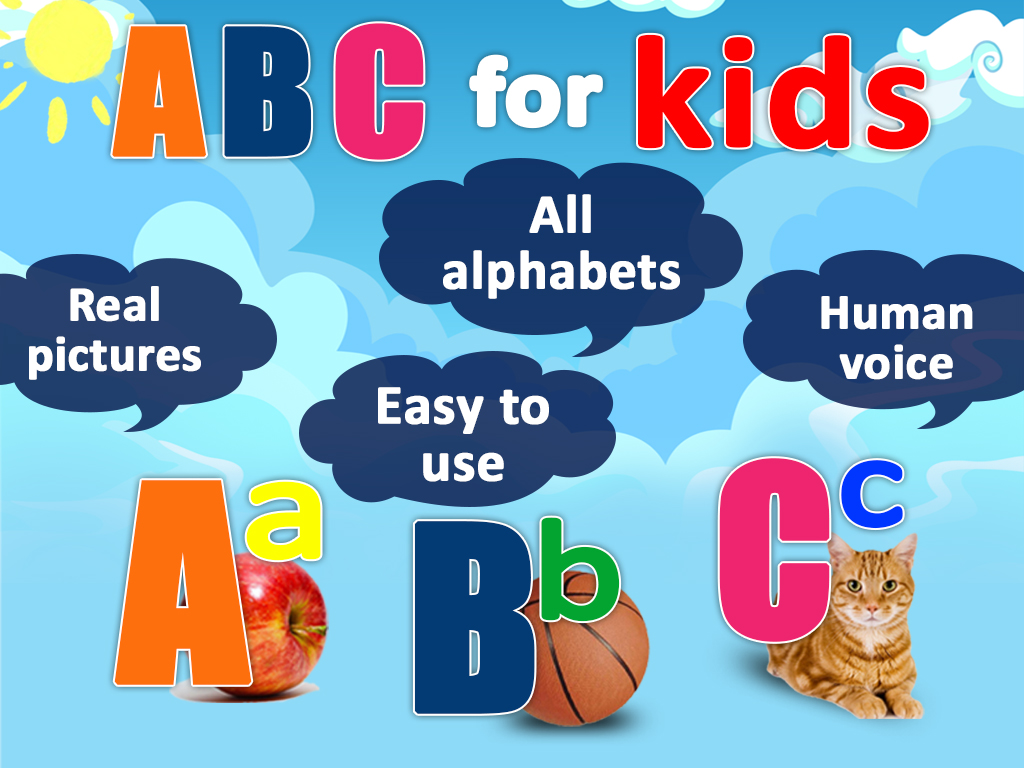 05 mcg 05 mcg | 70 |
| D3 | 2.5 mcg | 25 |
| K1 | 25 mcg | 45.5 |
| Biotin (H) | 10.5 mcg | 70 |
| Minerals | ||
| Calcium | 135 mg | 15 |
| Chrome | 10.5 mcg | 70 |
*– According to MP 2.3.1.2432-08 "Norms of physiological needs for energy and nutrients for various groups of the population Russian Federation".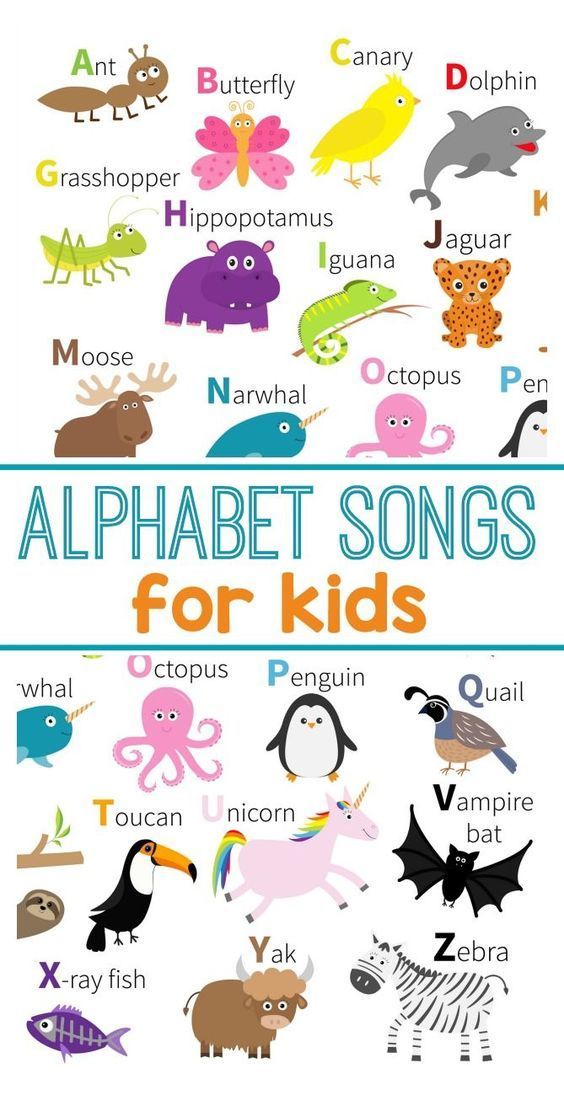
**- Nutrition information of the product is determined by calculation by the average value of the content of biologically active substance in product.
How to take
Daily dose - 3 chewable tablets of different colors. Giving a child a pill with a gap in time: for example, in the morning, afternoon and evening, you will make vitamin prophylaxis more effective. The order in which the pills are taken during the day is not important.
Admission procedure
tablets unimportant
Interval
between appointments
4-6 hours
During this time, the vitamins and minerals that are part of one tablet will be completely absorbed and will not interact with the next components.
Twice a day
For example, one tablet in the morning
and two in the evening or vice versa -
the effect will be higher than with
taking a single tablet
complex.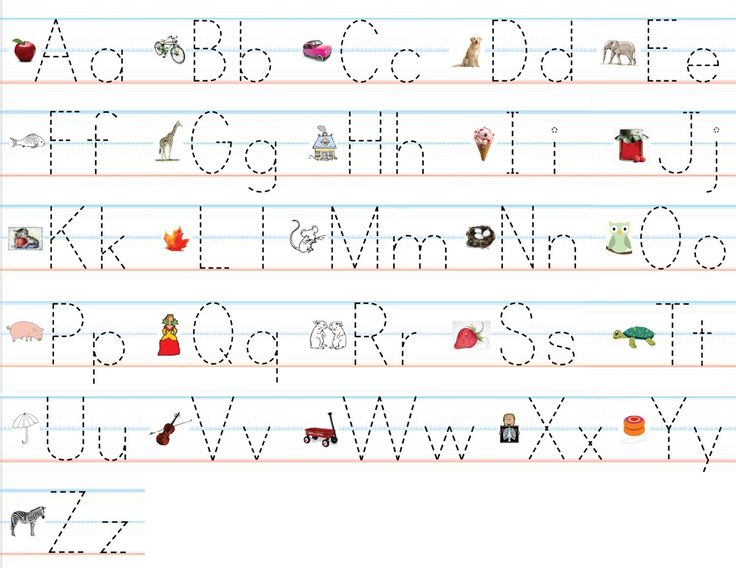
Three times a day
get the most out of it
from taking ALFAVIT -
it will be 30-50% more,
than from taking the traditional
vitamin and mineral
complex.
Remember that the degree of lack of vitamins and minerals is an individual indicator. Typically, to solve problems and eliminate the lack of useful substances in the body, it is necessary to conduct 2-3 courses, with an interval 10-15 days between them.
60 chewable tablets
in blister packs
Indications
for use
as an additional source of vitamins and minerals (macro- and microelements) for children from 3 up to 7 years old.
Contraindications
Individual intolerance to the components, hyperthyroidism.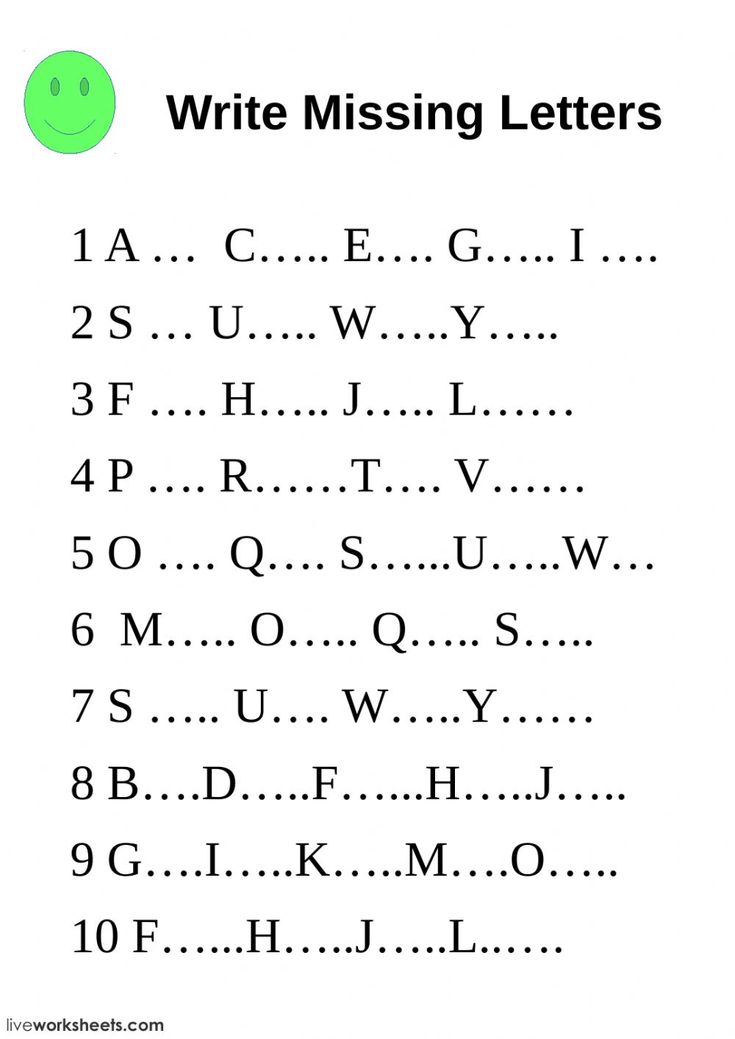
Before use, it is recommended to consult a doctor.
Not a drug. SGR No. RU.77.99.88.003.R.000440.02.20 dated February 18, 2020
Additional
information
In the conditions of modern life with its loads and stresses, complex ecological the health situation must be taken care of very carefully, especially when it comes to a child. A fragile body needs reliable protection. And here the parents have a question: what complex vitamins for children to choose? The range of pharmacies is large, which makes you a little confused: how choose the right children's vitamins? Firstly, it is worth discussing this issue with a pediatrician, and secondly, get as much information as you can.
Vitamins for children are divided into several groups according to their composition and dosages, depending on age.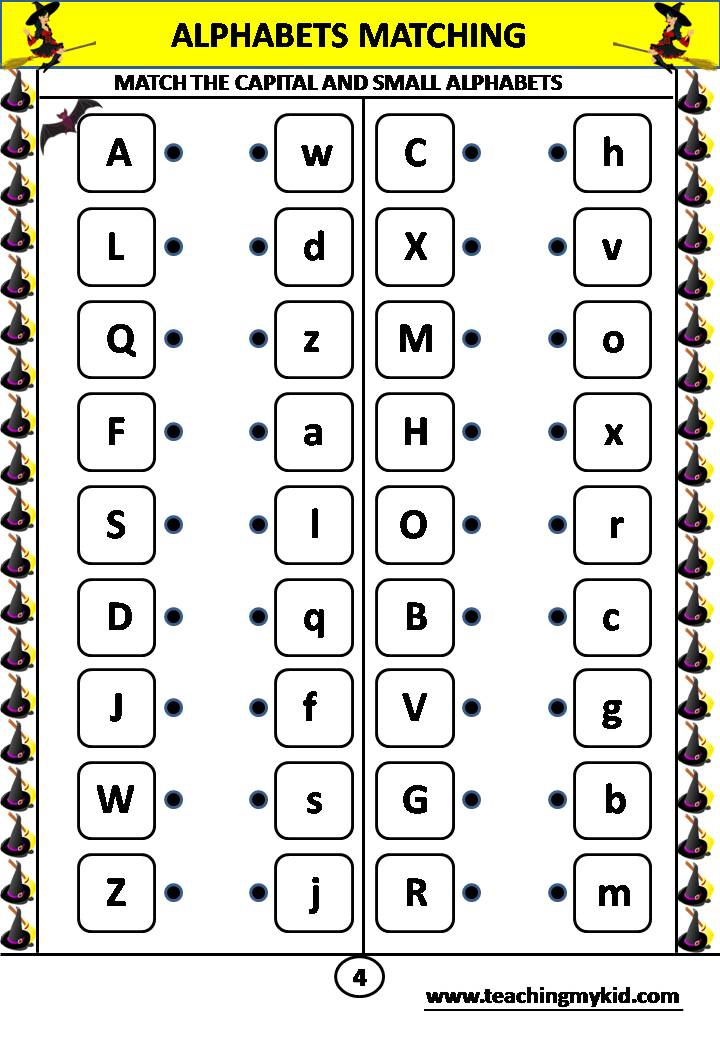 Conventionally, they can be classified as follows:
Conventionally, they can be classified as follows:
- vitamins for children from 1 to 3 years old,
- for children 3-7 years old,
- for older children.
ALFAVIT Kindergarten belongs to the second category. It contains vitamins and minerals that take into account the rapid development of the child after 3 years, changes in his environment, contact with large groups of other children (which sometimes becomes stressful for the child and leads to a weakening immunity). Useful substances help to grow and develop harmoniously, help to adapt to increased stress - emotional and mental.
Even if a child knows about the benefits of vitamins, it is often very difficult to get them to accept. Therefore ALFAVIT Kindergarten is produced in the form of fruit-flavored tablets. They don't need swallow, or you can eat like delicious fruit candies.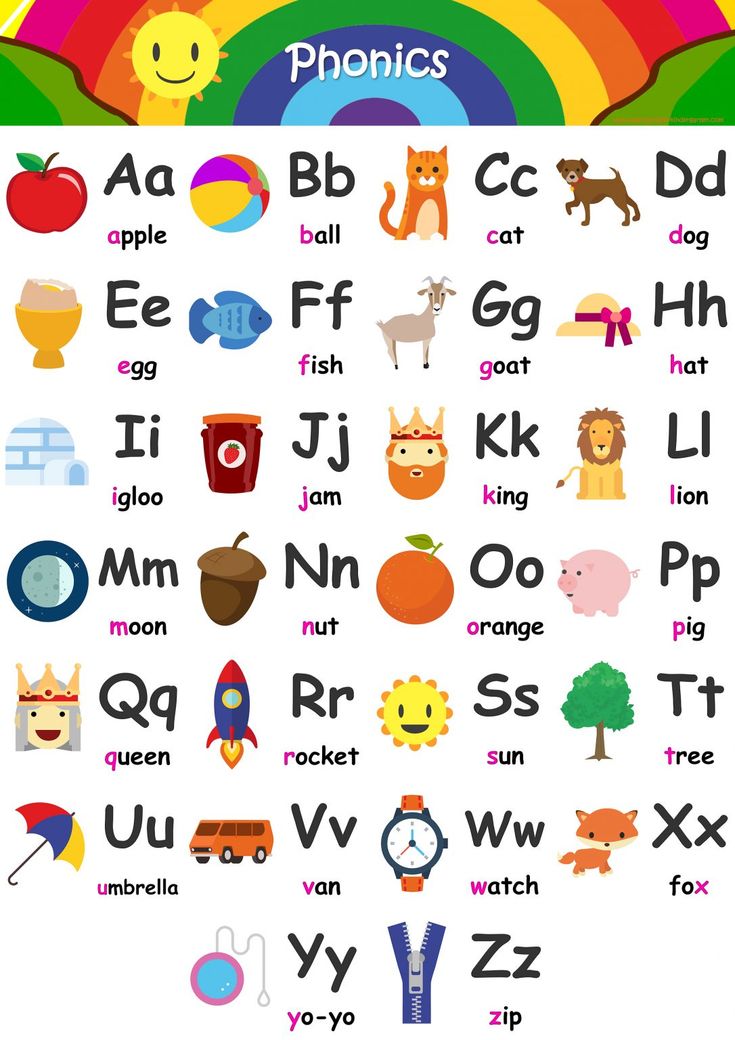 This method is very popular with children.
This method is very popular with children.
5 Ways to Learn the Alphabet Quickly and Easily with a 3-6 Year Old Child — Somersault
Before you learn the alphabet with your child, it is important to understand what you are not going to do. Namely, learning to read. This is a more complex skill, so it is worth putting it off until the time when the child gets acquainted with all the letters and will confidently recognize them and write on their own. Until then, put off the alphabet and reading by syllables.
In this article, we have put together the basic principles to quickly learn the Russian alphabet with a 3-6 year old child in a playful way. For all games with letters, you can use plasticine, paints and any improvised means or magnetic letters ROOM - they will easily attract the child's attention.
Contents:
- Learning the Alphabet Easily: Basic Principles
- 5 ways to learn the alphabet with your child
- From alphabet to reading
How to Learn the Alphabet Easily: Basic Principles
Each child can find an easy way to learn the alphabet that suits him or her, but there are basic principles that are important for all children.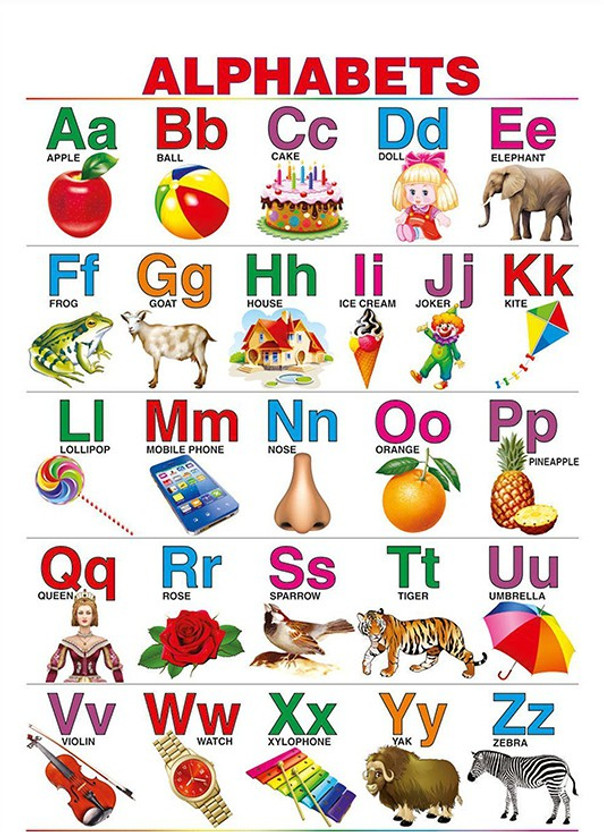 If you do not follow them, study will turn into drill and the child is unlikely to ever love to read. Here are a few such principles on how to properly learn the alphabet for a child.
If you do not follow them, study will turn into drill and the child is unlikely to ever love to read. Here are a few such principles on how to properly learn the alphabet for a child.
- Learn sounds first, not letters . At the first stage of learning, it does not matter how the letters in the alphabet are called correctly. Now only sounds are important for the child - "d", and not the letter "De". The names of the letters will only confuse the child, who first needs to learn to recognize the shape of the letters and their sound.
- Not learning the alphabet in the correct order . Until a child goes to school, it is of no use to him to know how the letters are arranged in the alphabet. This information will only distract him from what is really important: how the letters look and sound. The sequence of the alphabet can be learned later or even at school, where this knowledge will be tested by the teacher.
- Do not turn learning into a lesson .
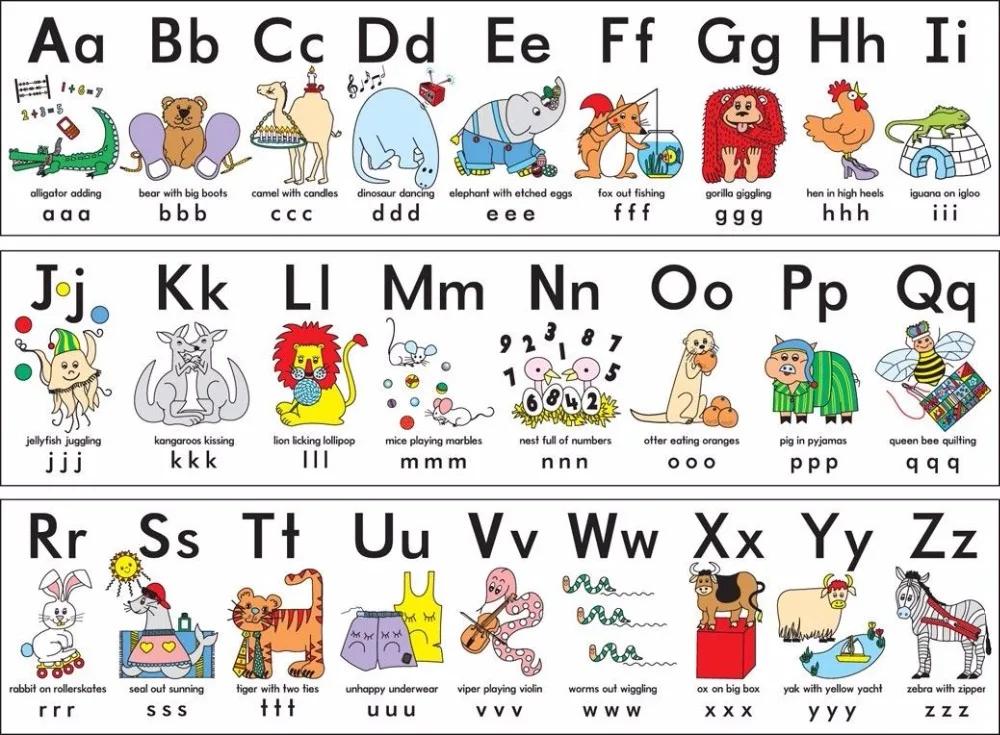 Learning from call to call is difficult even for children at school, let alone a baby. Therefore, all learning should take place in a playful way and not for long: 5-7 minutes a day to get acquainted with the letters will be enough. Gradually, this time can be increased, especially if the child likes the proposed games with letters.
Learning from call to call is difficult even for children at school, let alone a baby. Therefore, all learning should take place in a playful way and not for long: 5-7 minutes a day to get acquainted with the letters will be enough. Gradually, this time can be increased, especially if the child likes the proposed games with letters. - Use material objects . At the age of 3-6 years, the child learns the world by touch and taste. It is difficult for him to work with abstract letters spoken aloud. Therefore, it is better to stock up on plasticine and paints and create letters that are more understandable to the child and can be touched. Such a game for children will allow the child to learn the letters of the alphabet and he will recognize them in different forms regardless of what they are made of.
- First vowels, then consonants . Vowel sounds are easier to pronounce, so it's worth starting with them.
The main thing is not to force anyone.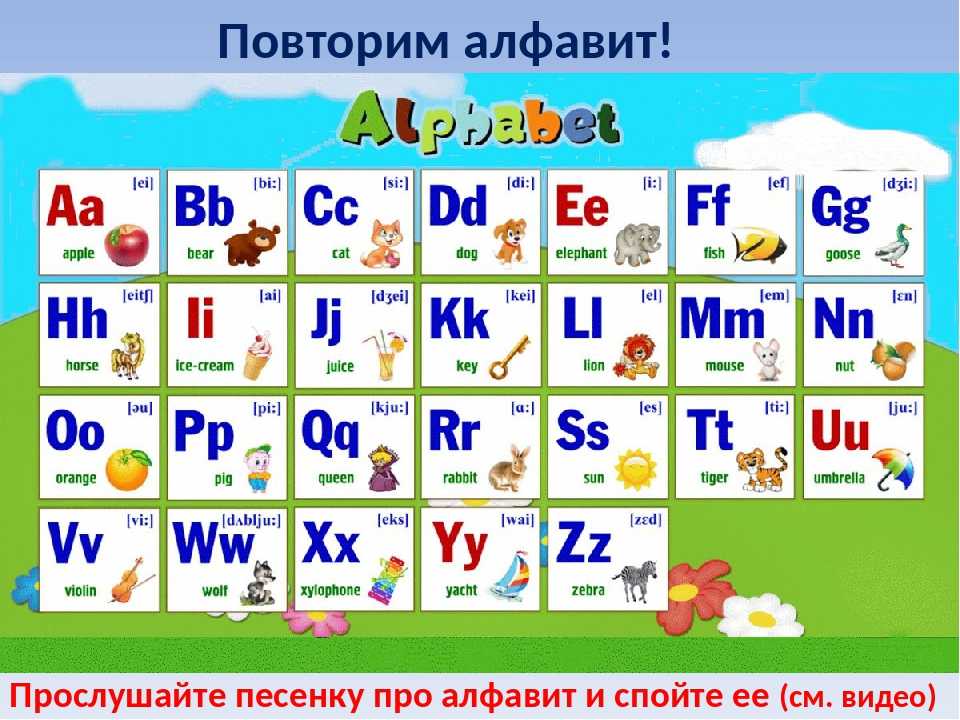 If you see that the child is inquisitive, enjoys exploring the world and is ready to learn, you can move on to learning letters and the alphabet. So the child will be happy to learn the alphabet in a playful way and gradually learn to read. So that the game is not abstract, you can use the magnetic letters TUMBLING.
If you see that the child is inquisitive, enjoys exploring the world and is ready to learn, you can move on to learning letters and the alphabet. So the child will be happy to learn the alphabet in a playful way and gradually learn to read. So that the game is not abstract, you can use the magnetic letters TUMBLING.
5 ways to learn the alphabet with your child
1. Use an interesting topic to study
Use your child's interest to spur his motivation to learn. For example, if your kid is crazy about cars, let them be the topic in which you learn the alphabet. Use any words related to cars:
"A" - bus
"B" - trunk
"C" - driver, etc.
You can show cars and their parts, draw or sculpt from plasticine. It is important that the child's focus shifts from learning to doing what they love. Additionally, the method will help expand vocabulary and knowledge about the world.
2. Cross out a letter of the alphabet in the list
Fill in a small square with arbitrary letters.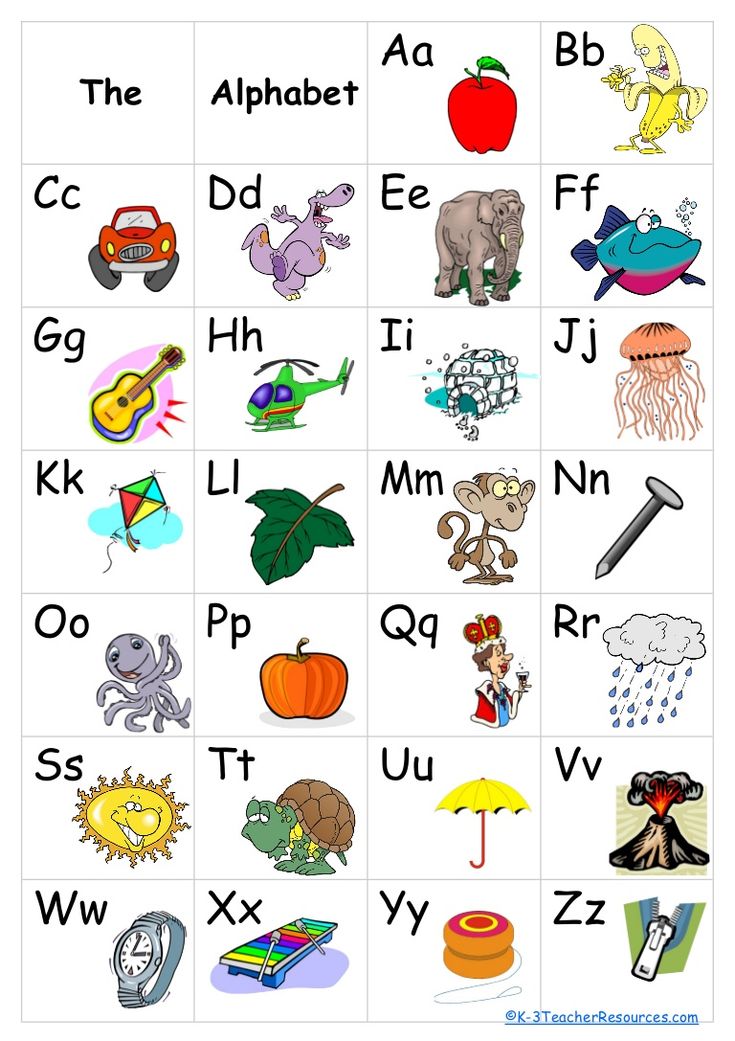 The task is to cross out only the letter that you are studying. This will help the child focus on one letter and not get distracted by the ones he doesn't remember or don't know.
The task is to cross out only the letter that you are studying. This will help the child focus on one letter and not get distracted by the ones he doesn't remember or don't know.
3. Pulling the letters of the alphabet out of the pouch
The soft-touch magnetic letters are perfect for this method. Put the letters in a bag and give the child the task, without looking, to pull out only the letter that you thought of. Let there not be too many letters in the bag, otherwise the child will get confused. 6-7 pieces will be enough. To start, use letters that are very different in shape, such as "O" and "M". Gradually, the complexity can be increased and searched among similar letters, for example, "K" and "X". Don't forget to praise and encourage your child. You can alternate the learning process with desktops.
4. Recognize letters of the alphabet by ear
You pronounce a word, and if it contains a hidden letter, the child claps his hands.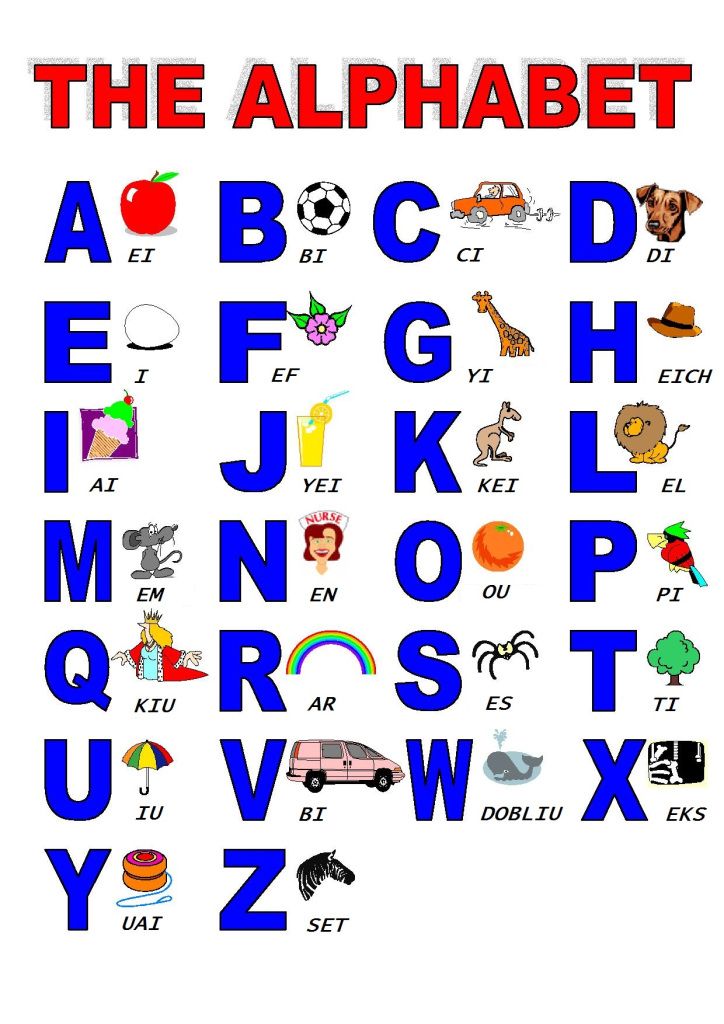
With this game for kids, you can learn individual letters or the entire alphabet. For example, you name a word, and the child inserts its first letter into the insert frame. To stimulate your child's interest, you can use only words from his favorite topic, for example, the names of animals.
5. Guess words starting with the first letter
You choose one letter and think of a word that starts with that letter. For example, the letter "Z":
- What is this animal with big ears and loves carrots?
- Hare!
This game form is again suitable for learning individual letters or the entire alphabet. If you learn only one letter, the child gets used to quickly recognizing it in different words. And if you give words with different letters, the child as a whole learns to understand with which letter they begin. With the study of the account and the English language will also help TUMBLING.
From the alphabet to reading
When a child learns the Russian alphabet, confidently recognizes all the letters in different words and can draw or mold them on his own, it is worth moving on to reading.